Cornelia Gaskins Harcum (July 3, 1878 [1] – May 19, 1927) was an American archaeologist, professor, curator, and college administrator.
Cornelia Gaskins Harcum (July 3, 1878 [1] – May 19, 1927) was an American archaeologist, professor, curator, and college administrator.
Harcum was born in Reedville, Virginia, [2] the daughter of Octavius J. Harcum and Cornelia Isabella Haskins Harcum. Her mother died soon after Harcum's birth. Her younger half-brother, Marvin Harcum, co-founded Harcum College in Pennsylvania. [3] She graduated from Western High School in 1899, [4] and from Goucher College in 1907. [5] [6] She earned a master's degree at Johns Hopkins University in 1912, and completed doctoral studies in archaeology at Johns Hopkins in 1914, [7] under advisor David Moore Robinson. [8] [9] Robinson recalled her in 1927 as "one of the best archaeology students ever graduated from Hopkins." [3]
Harcum taught school in Baltimore between 1907 and 1910. She taught Greek at Wellesley College [10] and Latin at Vassar College. She was dean of women at Rockford College in Illinois. In 1918 she spoke at the Classical Association of the Atlantic States meeting in Philadelphia, about Roman foodways during wartime shortages, saying "There is scarcely a problem in our complicated food situation of today which was not familiar to the Romans." [11]
Harcum moved to Toronto in 1920 to work at the Royal Ontario Museum of Archaeology. She was an associate professor of fine arts at the University of Toronto. In 1921 she became head of Oaklawn House at the University of Toronto. She was also secretary of the Toronto Archeological Society. [8] She traveled to Santa Fe in 1921, to study Pueblo pottery. [12] In 1926, she gave a radio lecture on Roman table manners. [13]
Harcum's uncle, Hiram H. Gaskins, left her money when he died in 1907. [21] Harcum died in 1927, at the age of 48, in Baltimore, Maryland. [5] [8] Her will left some money to Johns Hopkins University, to fund "scholarships for women in classical archaeology". [22]

David Moore Robinson was an American classical archaeologist credited with the discovery of the ancient city of Olynthus. While he was a prolific writer and advisor, he also has gained notoriety due to his plagiarism of his students, the most notable being Mary Ross Ellingson.

Grace Darmond was a Canadian-American actress.

Druid Ridge Cemetery is located in Pikesville, Maryland, just outside the city of Baltimore.
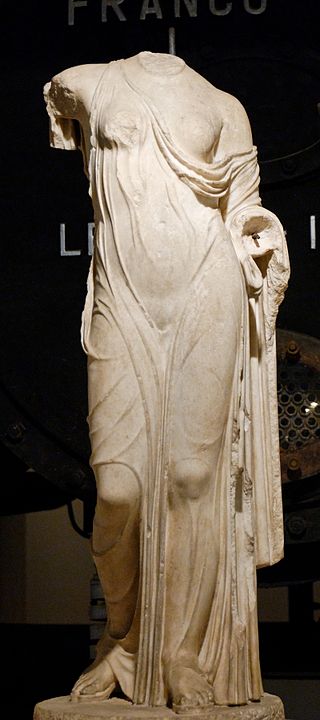
The Venus Genetrix is a sculptural type which shows the Roman goddess Venus in her aspect of Genetrix, as she was honoured by the Julio-Claudian dynasty of Rome, which claimed her as their ancestor. Contemporary references identify the sculptor as a Greek named Arcesilaus. The statue was set up in Julius Caesar's new forum, probably as the cult statue in the cella of his temple of Venus Genetrix. Through this historical chance, a Roman designation is applied to an iconological type of Aphrodite that originated among the Greeks.

Mary Wilhelmine Williams specialized in Latin American history. She was on the board of editors of the Hispanic American Historical Review from 1927 to 1933 and was secretary of the Conference on Latin American History in 1928 and 1934.
Helen Joan Sutermeister was a British historian and archaeologist involved in the program of Industrial Archaeology in Ontario. Sutermeister was Curatorial Assistant in the Canadiana Department of Royal Ontario Museum, and was a founding member of the Norwich Survey within the Centre of East Anglian Studies.
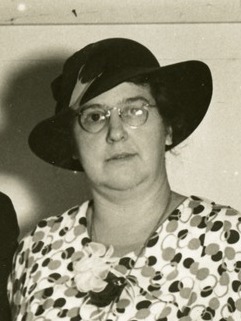
Madge Thurlow Macklin was an American physician known for her work in the field of medical genetics, efforts to make genetics a part of medical curriculum, and participation in the eugenics movement.

Margaret Shove Morriss was an American academic historian, She was the Dean of Women in charge of Pembroke College in Brown University from 1923 to 1950.

Chrystelle Lee Trump Bond was an American dancer, choreographer, dance historian, and author. Bond was the founding chair of the dance department at Goucher College. She was the co-founder and director of Chorégraphie Antique, the dance history ensemble at Goucher. Bond was a dance critic for The Baltimore Sun.

Lilian Welsh was an American physician, educator, suffragist, and advocate for women's health. She was on the faculty at Woman's College of Baltimore and an active member of National American Woman Suffrage Association. Welsh was posthumously inducted into the Maryland Women's Hall of Fame in 2017.

Anna Granville Hatcher (1905–1978) was an American linguist. She started her career as a Romance linguist, and later conducted research in medieval literature as well as branching out from Late Latin and Old French to studies on Provençal, Spanish, Italian, English, and German. She was the first woman to hold the position of full professor at Johns Hopkins University.
Dr Clara Latimer Bacon was a mathematician and Professor of Mathematics at Goucher College. She was the first woman to earn a PhD in mathematics from Johns Hopkins University.

Eleanor Patterson Spencer was an American art historian and college professor.
Art Halliwell was a Canadian soccer player who played as a goalkeeper at the international level with Canada.
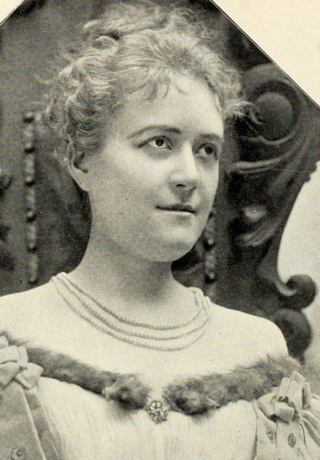
Beth Franklyn was an American actress.

Harriet S. Iglehart was an American equestrian, philanthropist, arts patron, and writer, based in Baltimore County, Maryland.
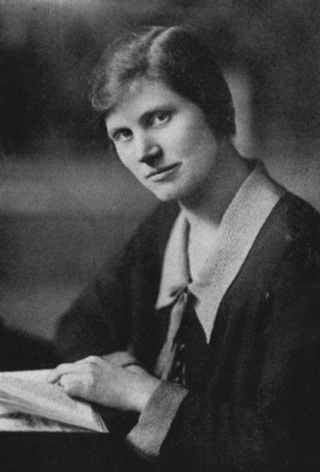
Mollie Ray Carroll was an American economist and settlement worker, best known for her book Labor and Politics: The Attitude of the American Federation of Labor Toward Legislation and Politics (1923).
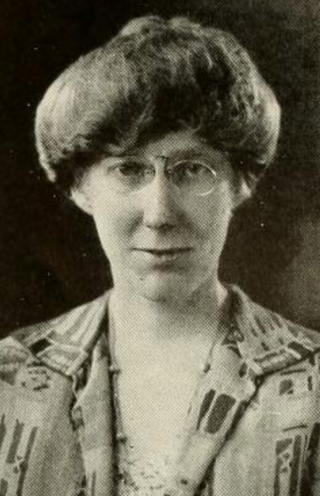
Ethel H. Brewster was an American college professor and philologist. She was Dean of Women and taught Greek and Latin at Swarthmore College, where she was a member of the faculty from 1916 to 1947.

Ethel Amanda Grosscup was an American physical educator and child health consultant, based in New Jersey.

Margaret Coleman Waites was an American classical scholar, head of the Latin department at Rockford College from 1909 to 1914, and head of the Latin Language and Literature department at Mount Holyoke College at the time of her death in 1923.